The Bergpark Wilhelmshöhe is a 2.4 square kilometers large vast landscape garden at a mountain belonging to the Habichtswald. It is located at the city quarter Wilhelmshöhe of Kassel, Germany. The Bergpark is designed in the style of an English landscape garden with baroque and neo-classical elements. It is especially famous for its water games that use 200 to 300 years old techniques and work without electricity.
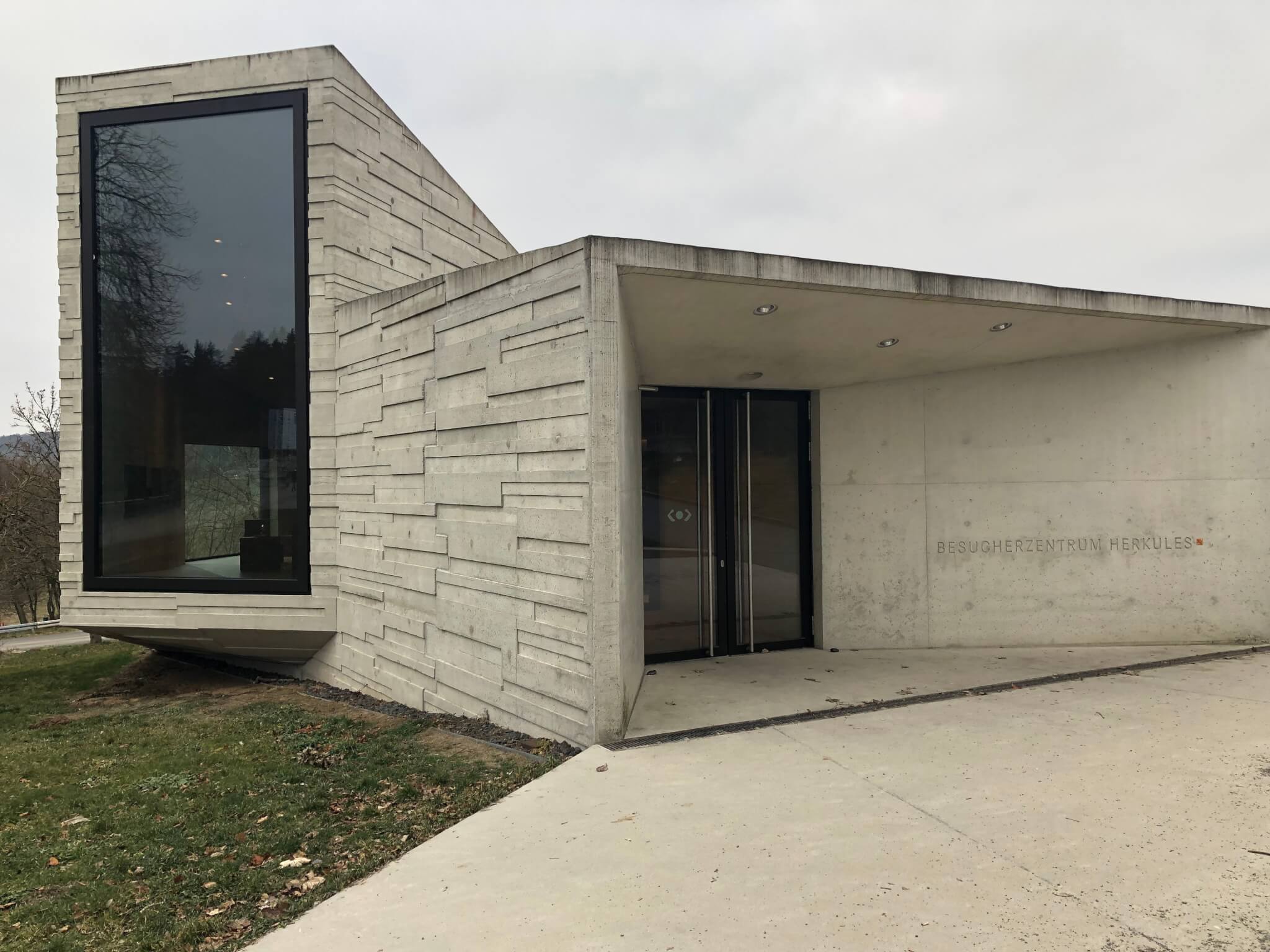
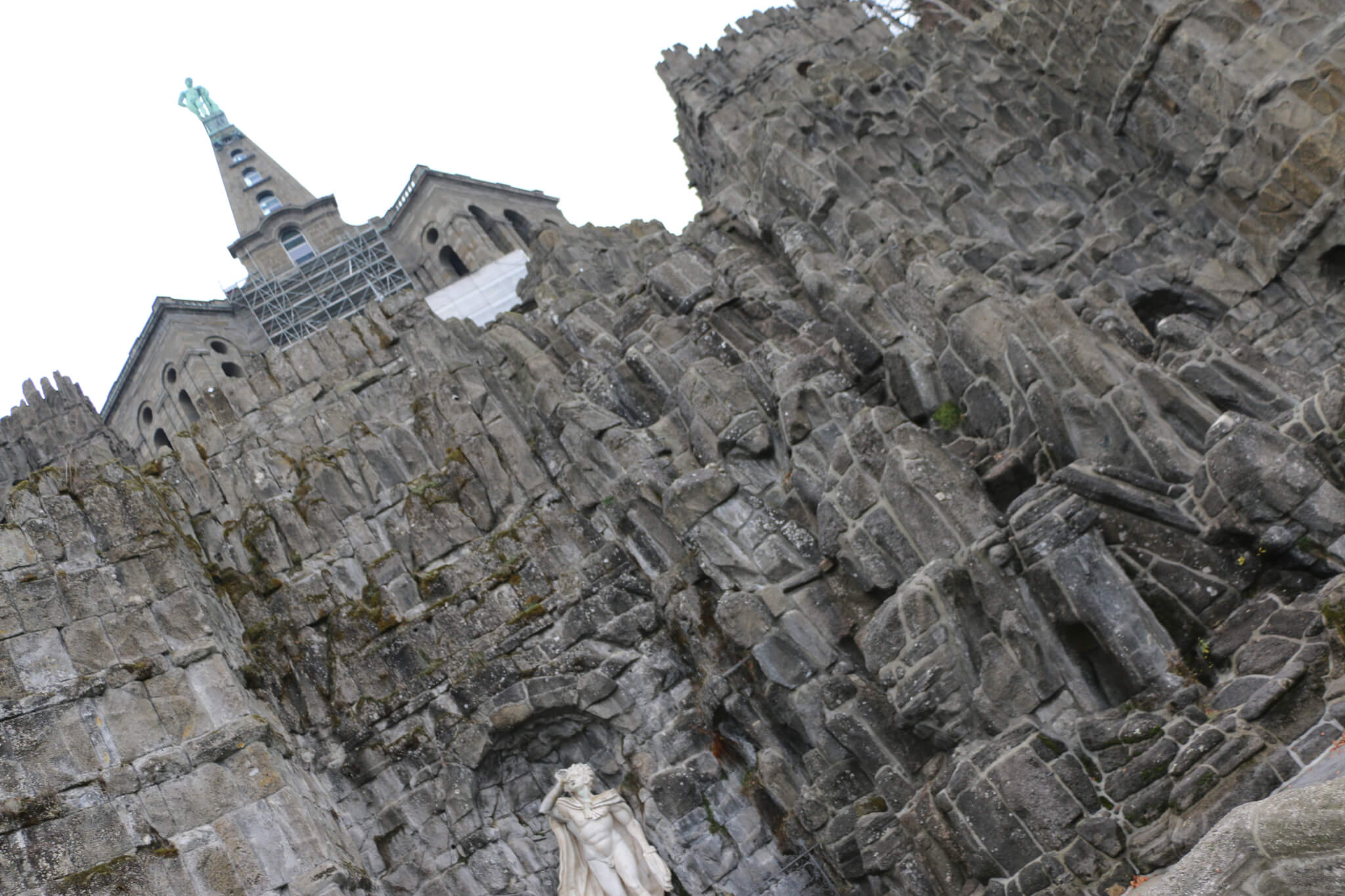
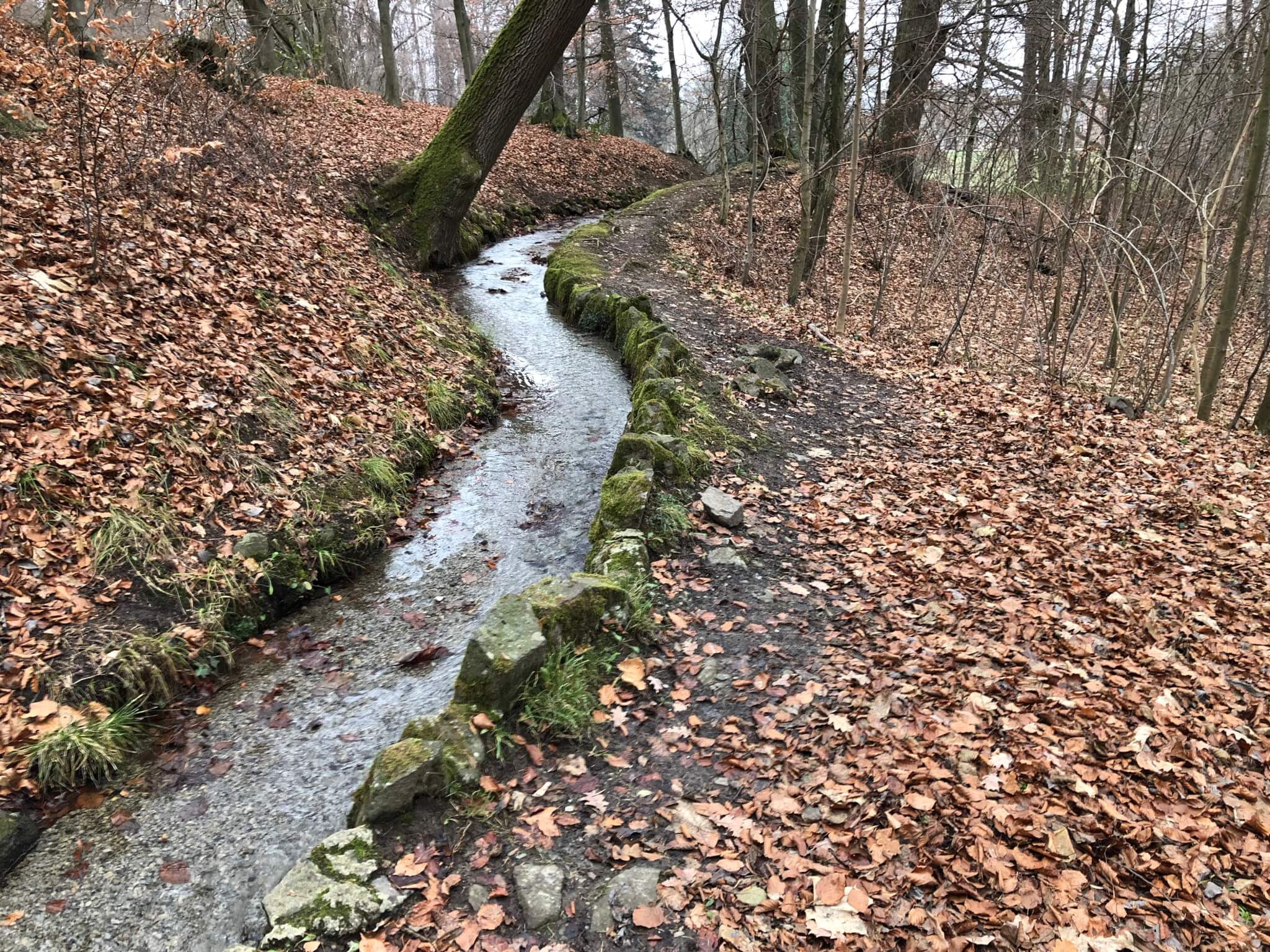
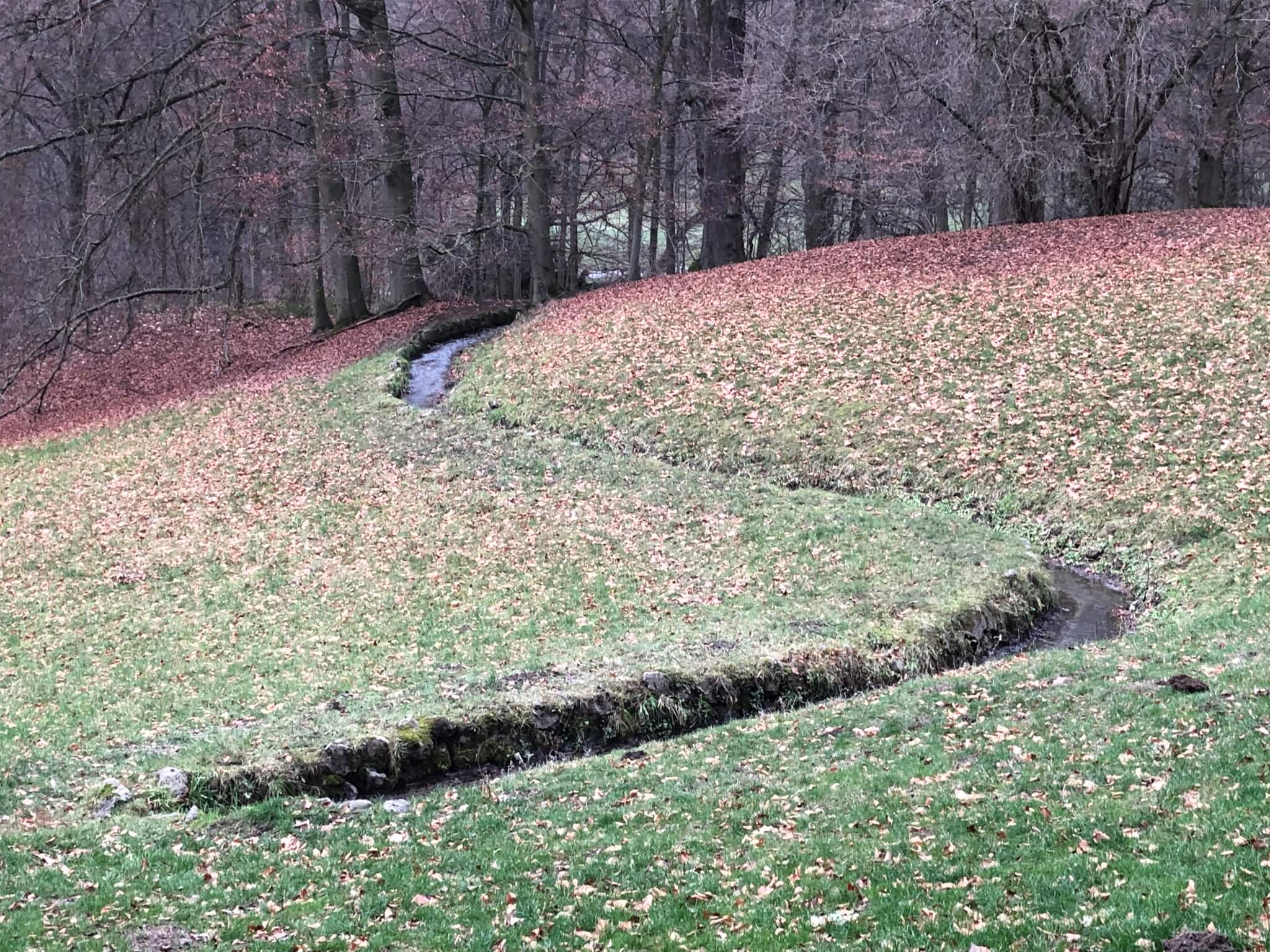


The Bergpark Wilhelmshöhe was built from the year 1696 on under direction of Charles I, landgrave of Hesse-Kassel. During the following 150 years it was extended under William I and William II. In 2013 the Bergpark became a UNESCO World Heritage Site, is therefore protected well and receives a lot of visitors from around the globe.
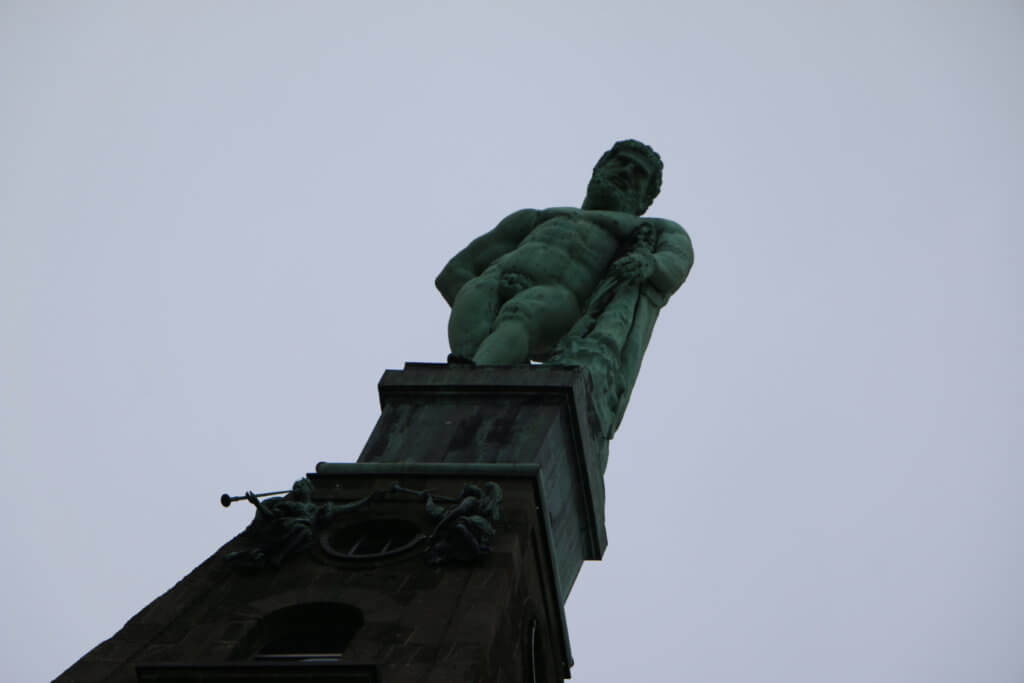
For the water games a lot of water is collected in lakes behind the Herkules monument. Employees open the canals and then the water runs down the 250 meters long cascades underneath the Herkules. There the water creates fountains and sounds just by water pressure. This first section – the baroque water games – end at the lake underneath the cascades in front of the Neptune grotto.
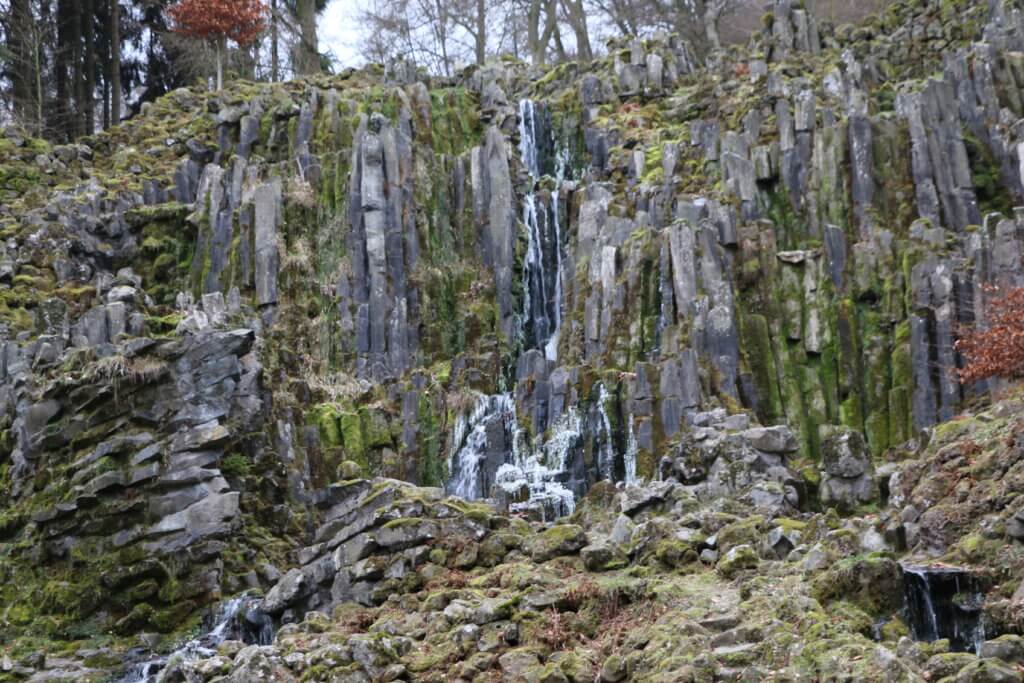
Visitors then walk to the Steinhöfer Wasserfall which is an artificial waterfall with a lot of paths to climb around. Behind it you will find a large water reservoir that creates a really big waterfall. From there the water continues to the Teufelsbrücke (devil’s bridge) where it falls down into the Höllenteich (lake of hell). The round bridge is a very famous photo opportunity.
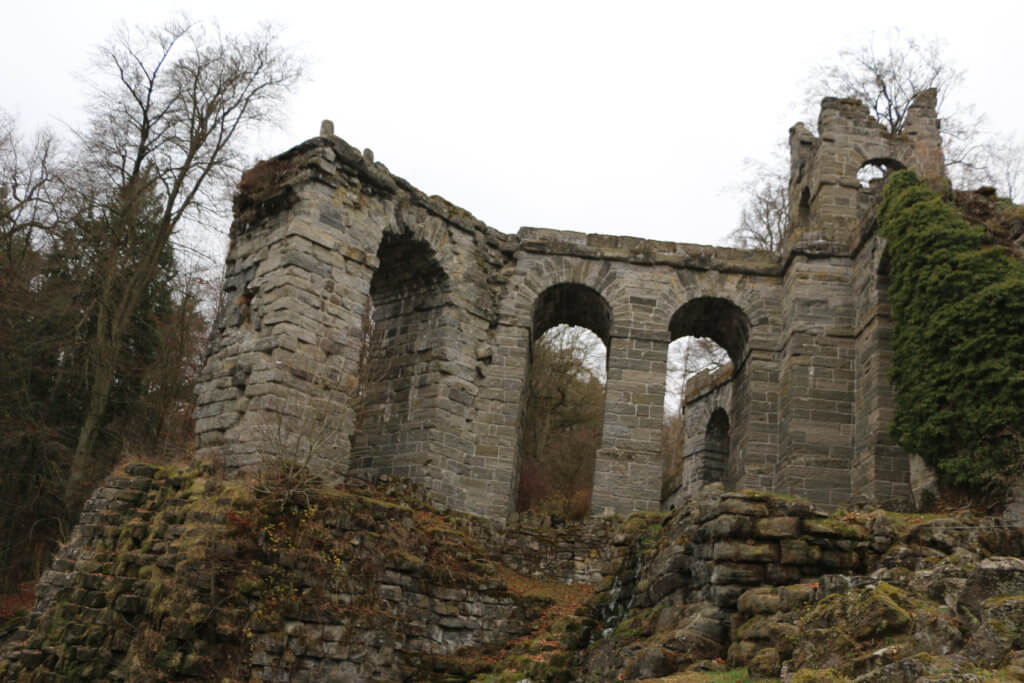
The water continues to the Aquädukt, an aqueduct built as a ruin. The water falls down 23 meters and runs into the lake in front of Schloss Wilhelmshöhe. There, next to the Jussow temple, a 52 meters high fountain that is created just from water pressure is opened. One section of the water games is left out since 1943: the Neuer Wasserfall (new waterfall). It has been damaged in World War II and couldn’t be repaired yet. But there are plans to do so in the future.
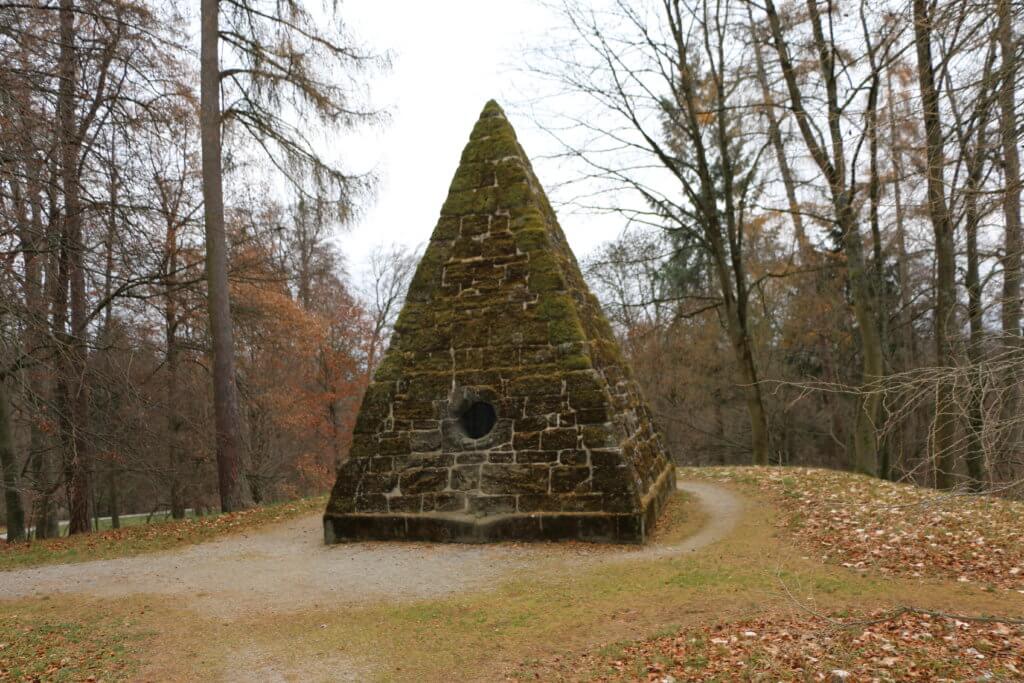
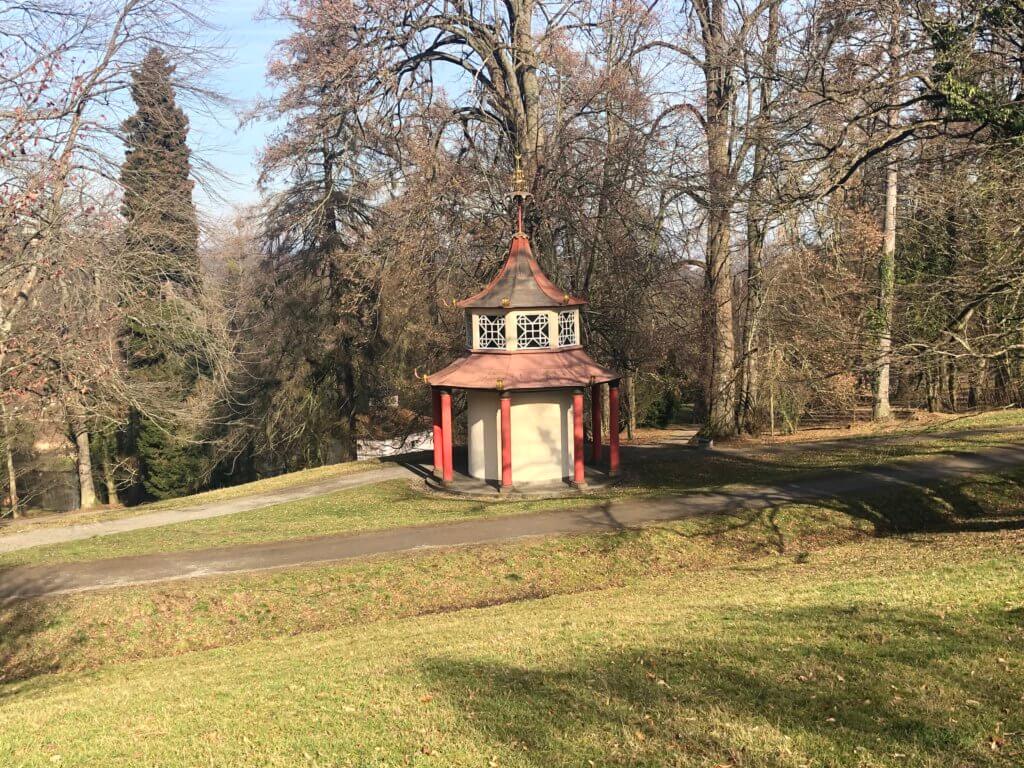
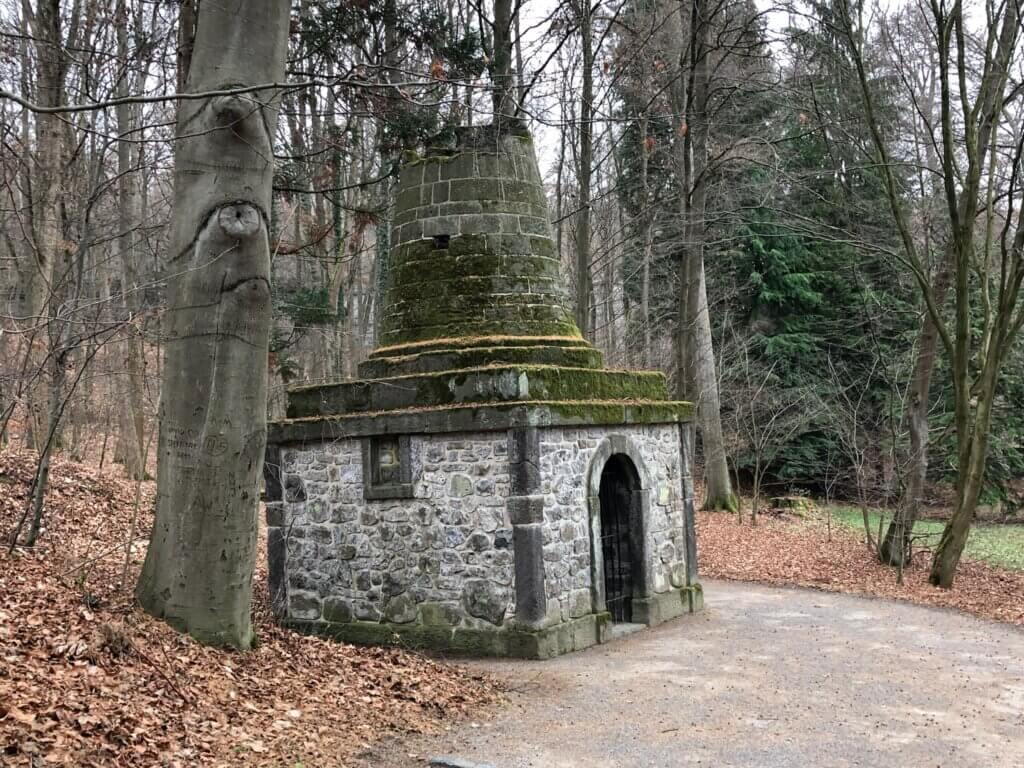
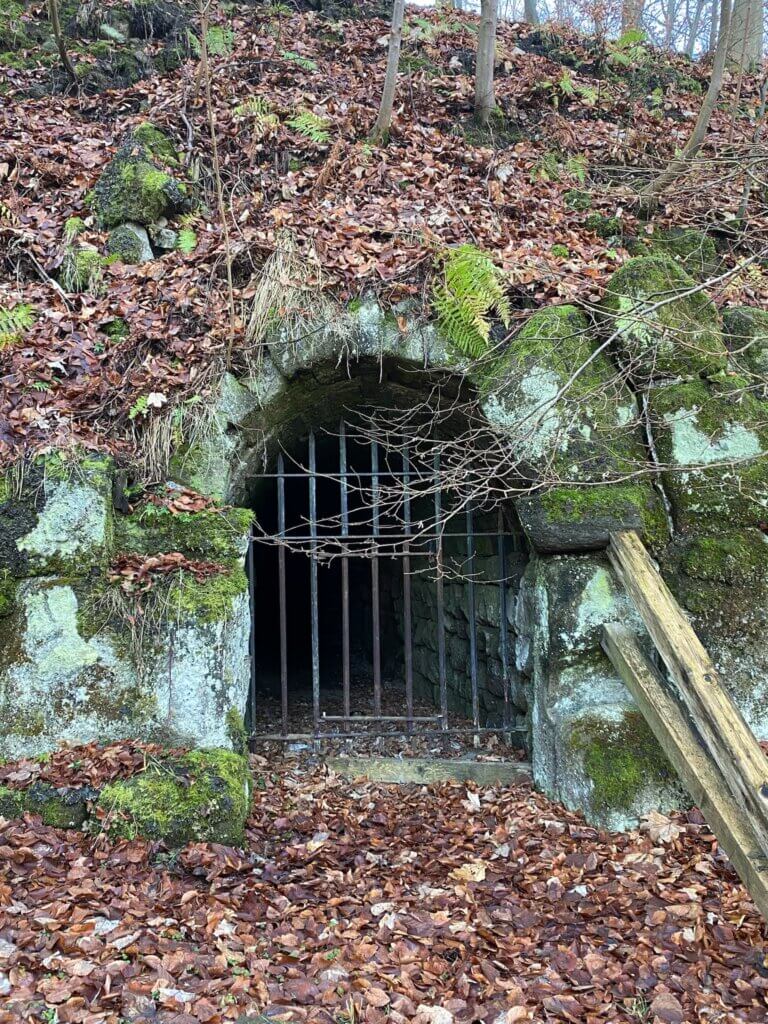
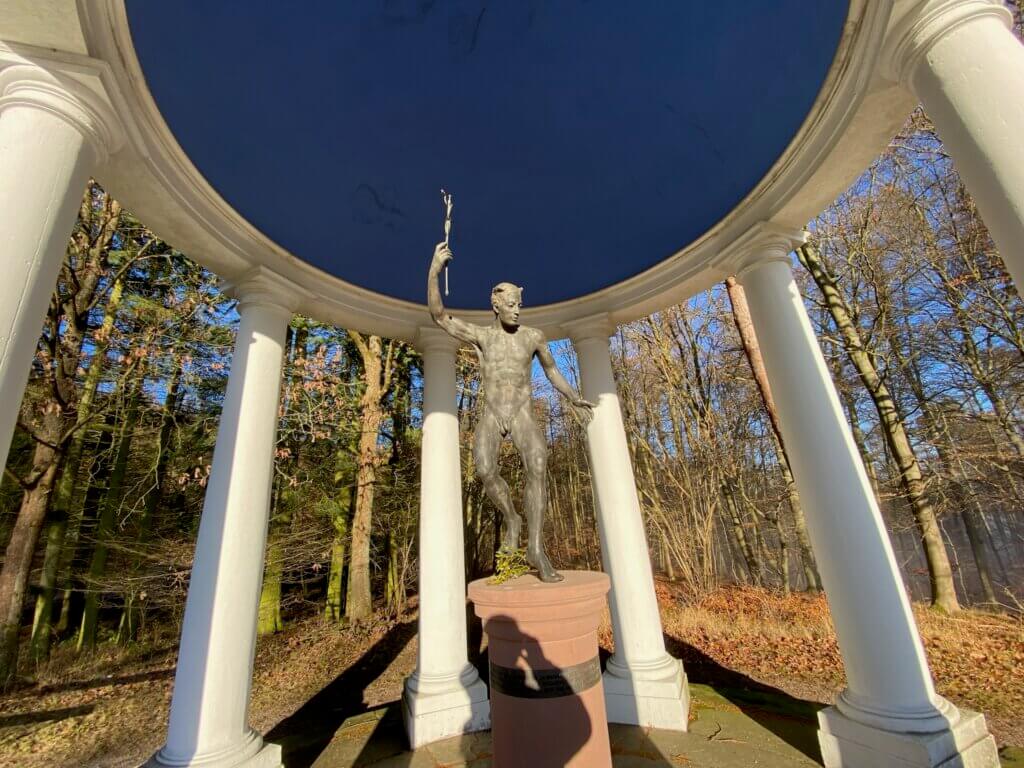
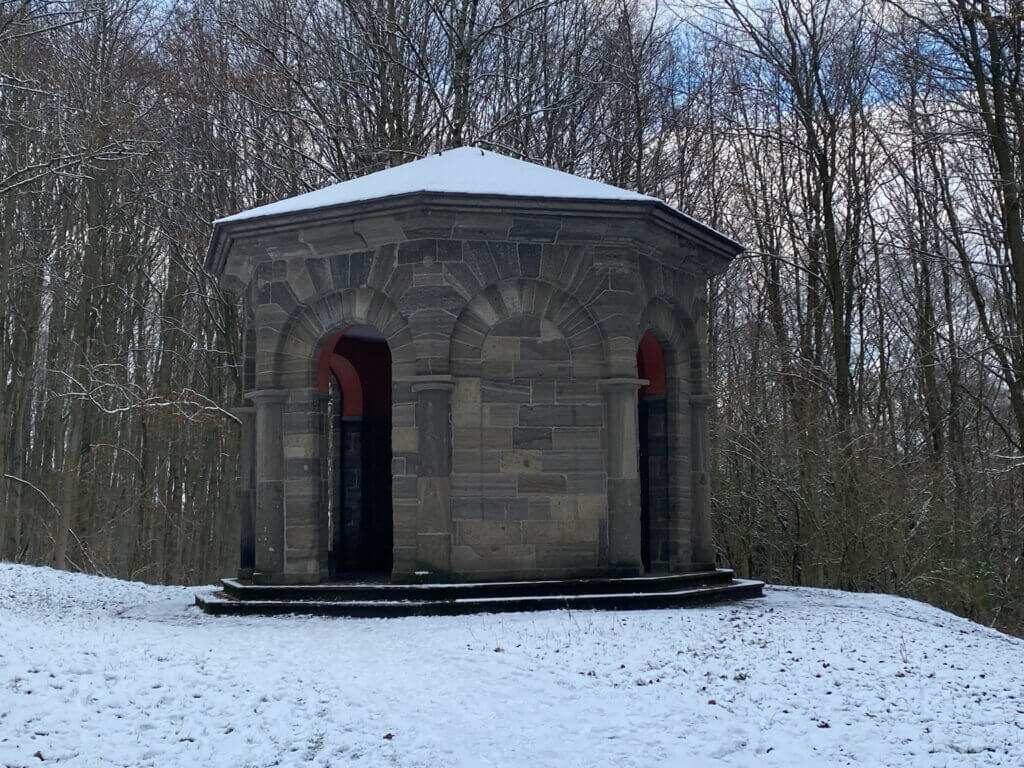
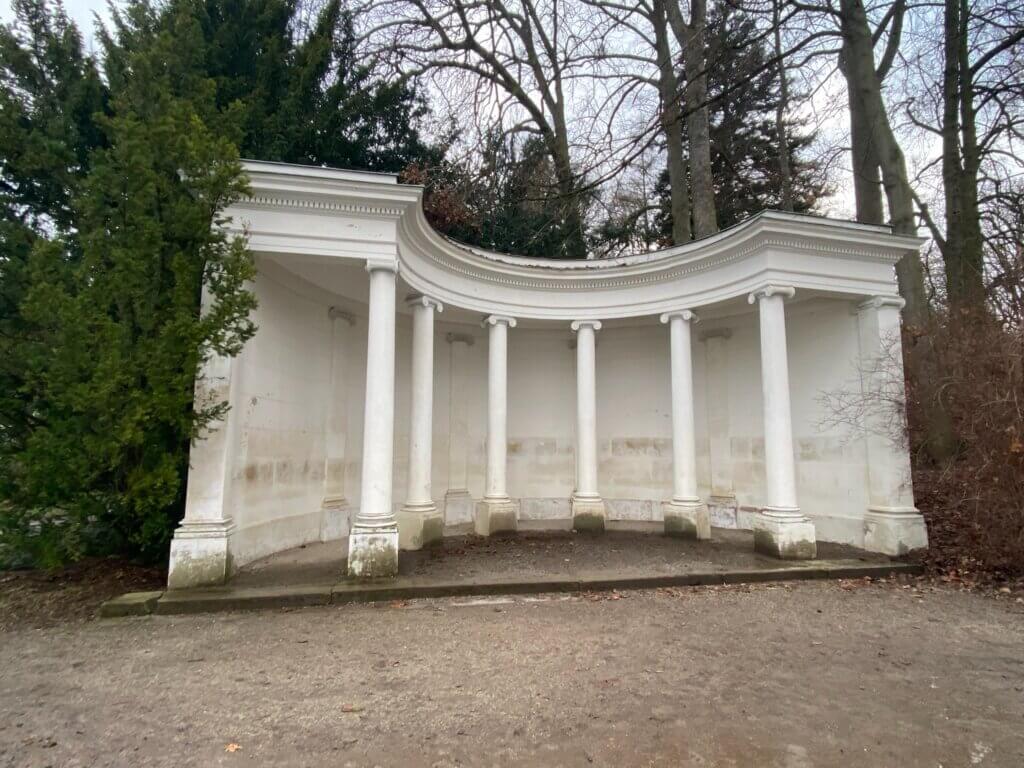
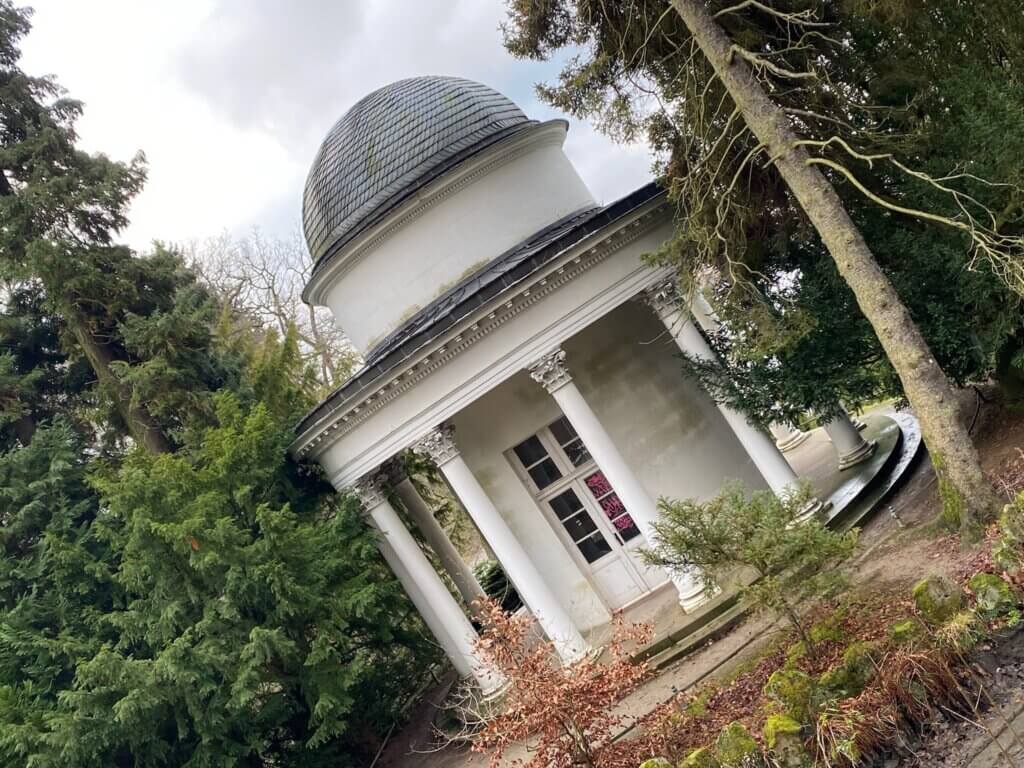
Throughout the park you will find lots of staffage – small elements that decorate the park. This includes for example the Pluto grotto, the pyramid of Cestius (citing the one in Roma, Italy), the hermitage of Sophocles, the grave of Vergil, the mercury temple and a copy of a Chinese village. There is a lot to discover while walking through the steep park.
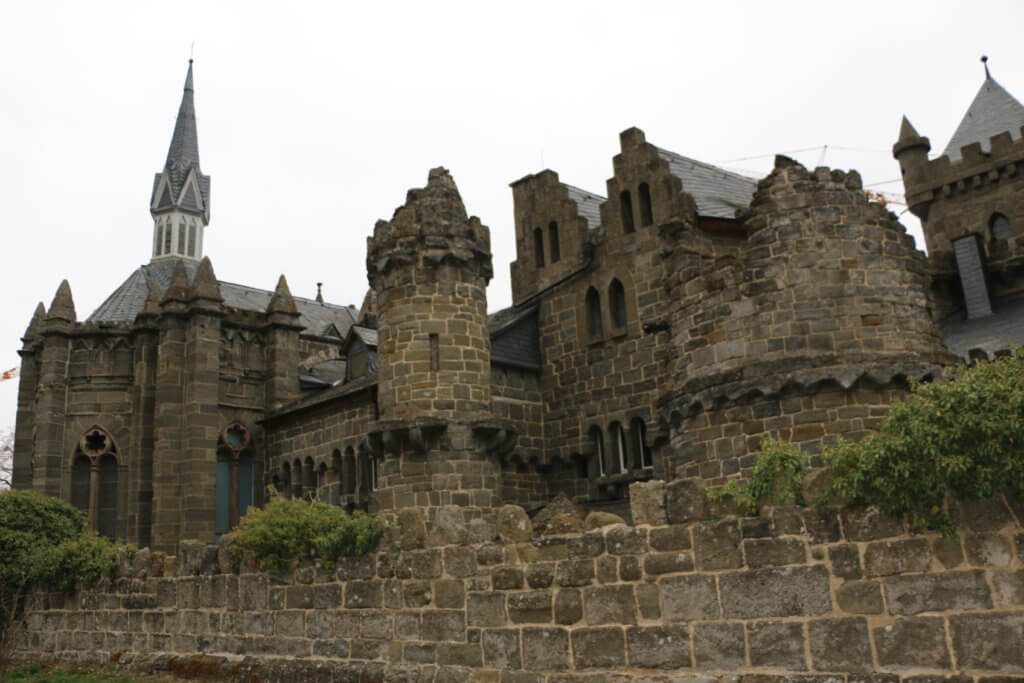
In addition to the Herkules on top of the octagon there are two other important buildings: the romantic Löwenburg castle already built as a ruin and the Schloss Wilhelmshöhe in neo-classical style. It contains an important art collection of old masters. The Bergpark is today open to the public without the necessity to buy a ticket. But it isn’t a normal park people just go to. Because of its remote location it is always a planned visit that includes travel time.
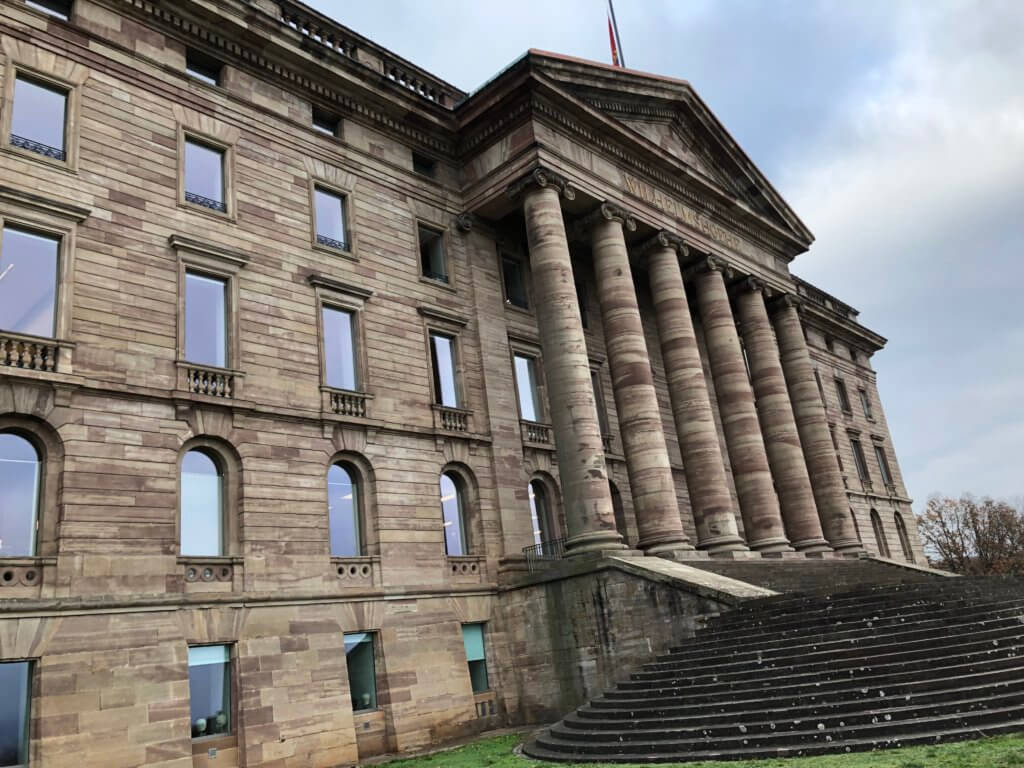
You can get to the Bergpark in different ways. At the lower and upper ends there a visitors’ centers with car parks. You can get by tramway 1 to the lower end. The more relaxed way is to go with tramway 4 (or bus 52) to Druseltal and take bus 22 there – it takes you directly to the Herkules monument. On days with water games (check the schedule online) there is also a bus going through the landscape park connecting all important places.
Within the park you will also find a restaurant – the Kaskadenwirtschaft Grischäfer. But you can also get drinks and you will find toilets at the two visitors centers and the castle. Be sure to wear good shoes – you’ll have to walk quite long ways through the park. And don’t forget: it is a landscape garden at a mountain that is pretty steep. I would always prefer to visit it top-down. Plan your visit well or you might miss the right path through the park and you won’t see all parts of it.
Bergpark Wilhelmshöhe
(UNESCO world heritage site)
Kassel
Germany
Loading map...

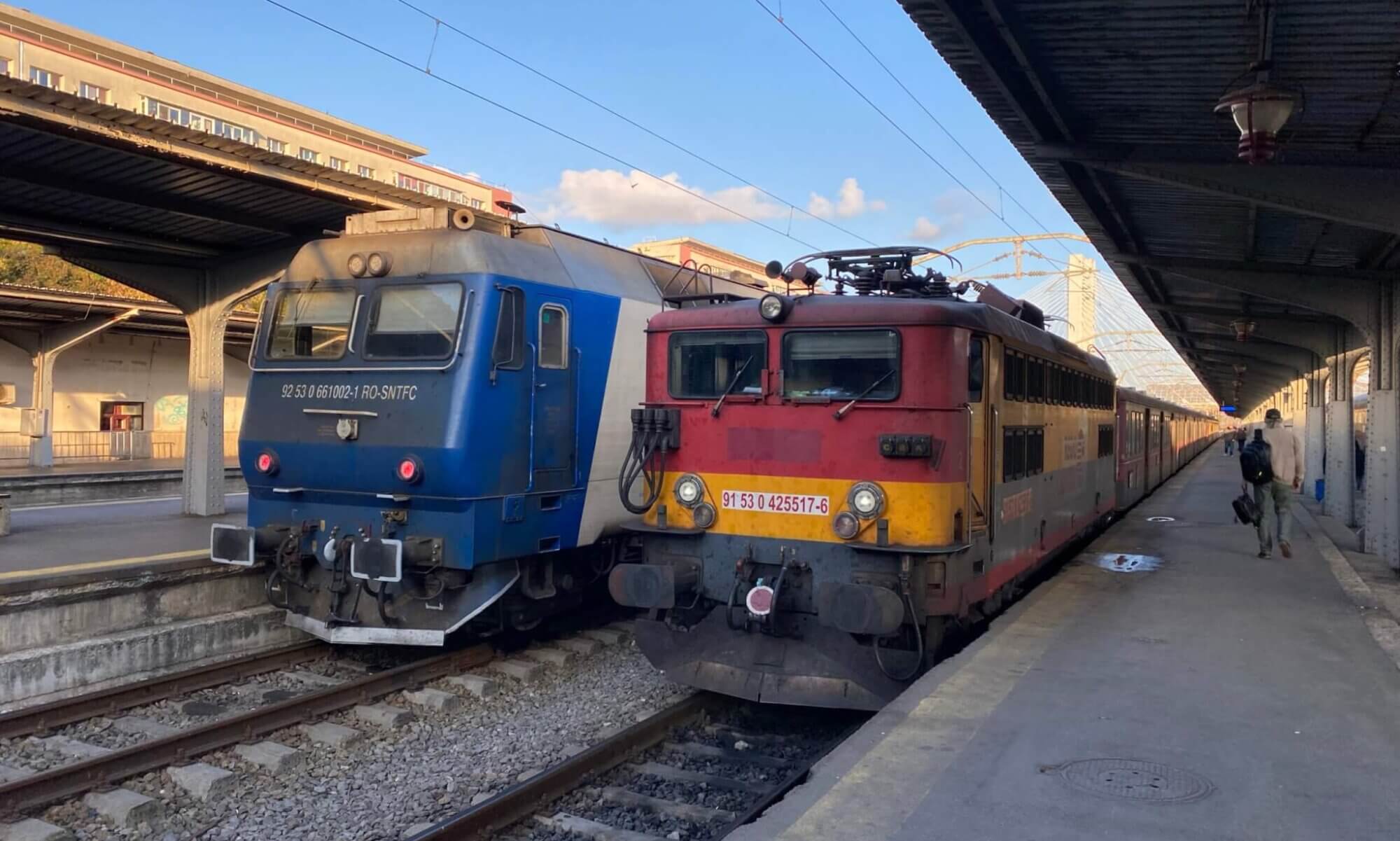
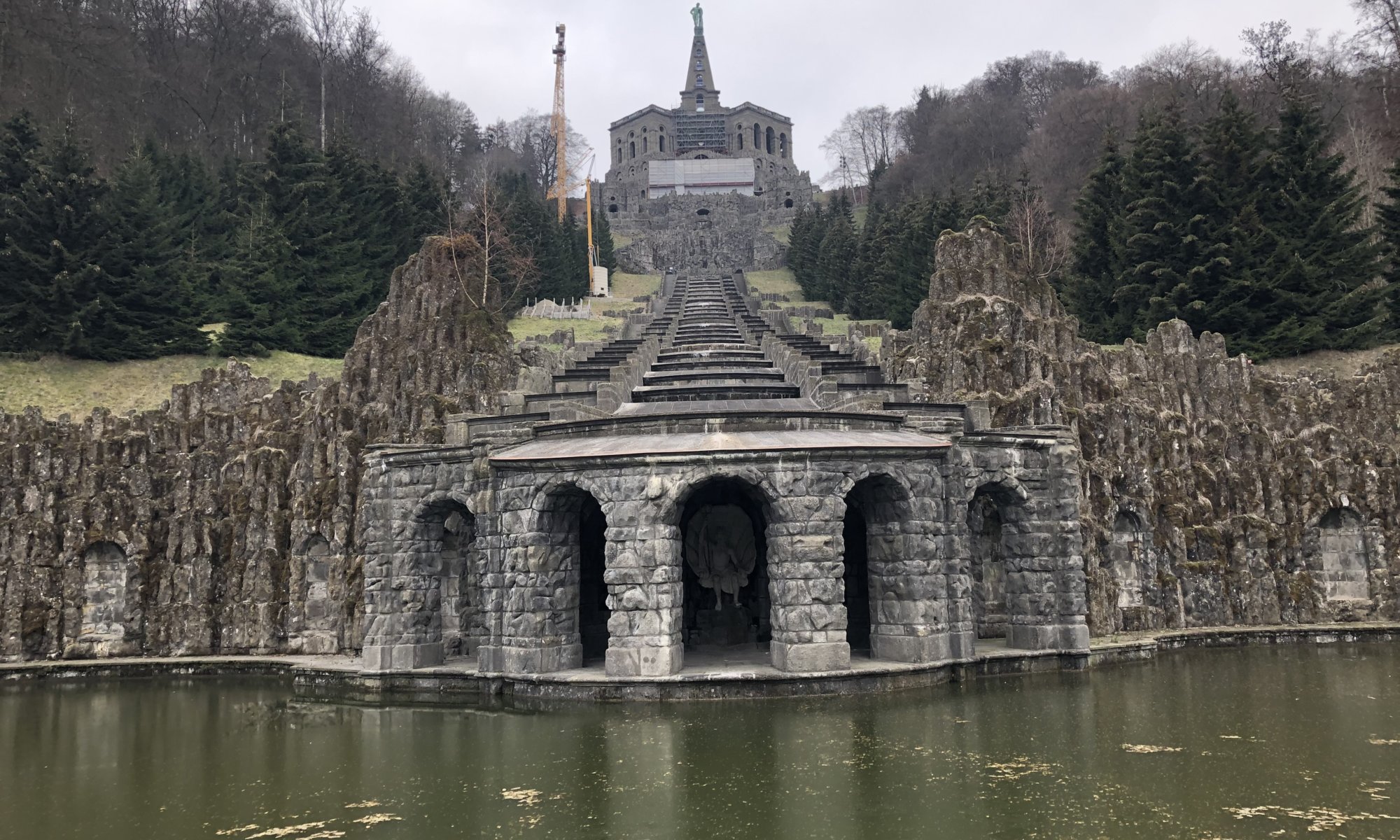
21 Replies to “Bergpark Wilhelmshöhe”